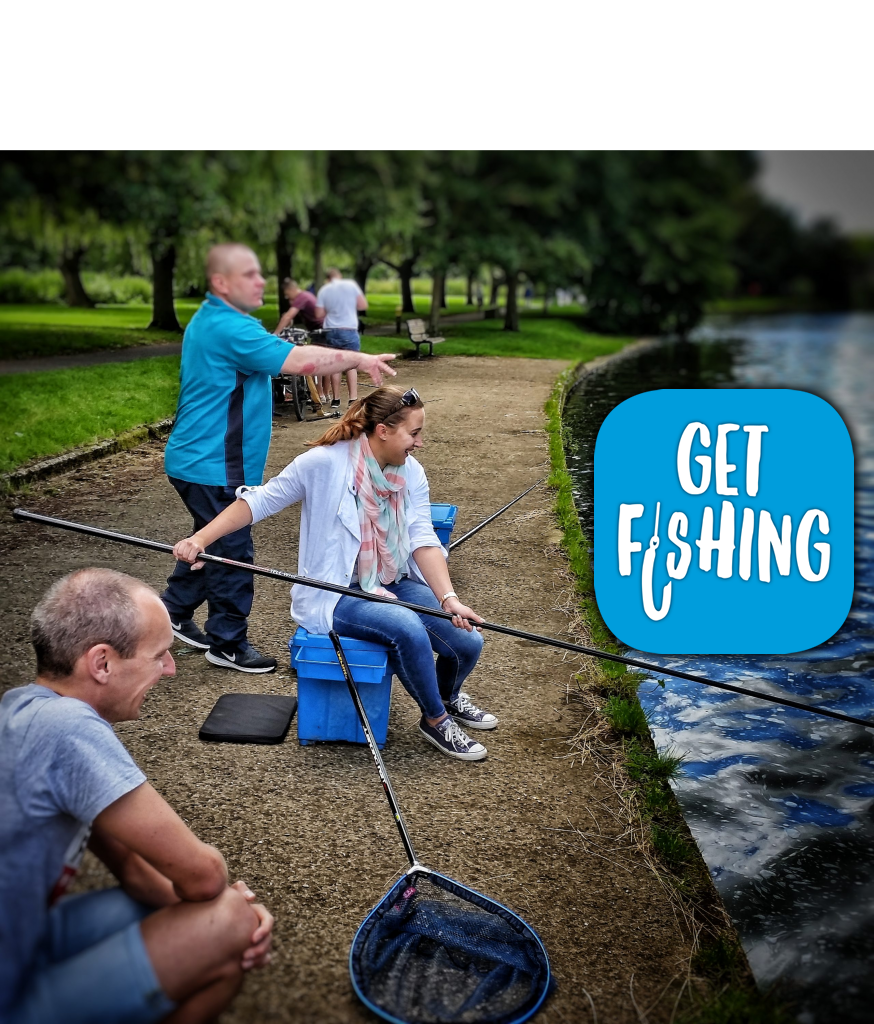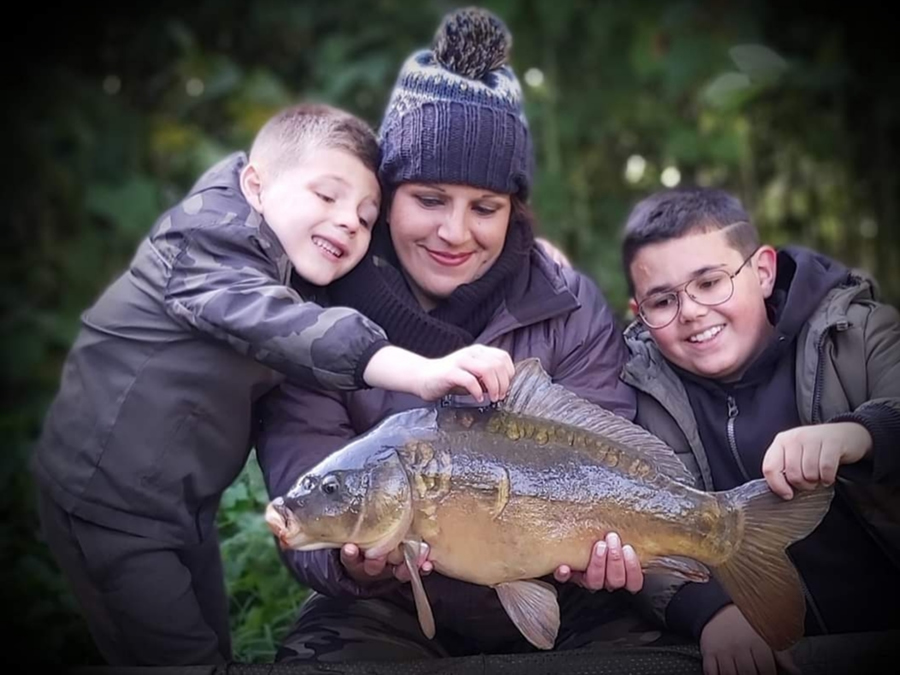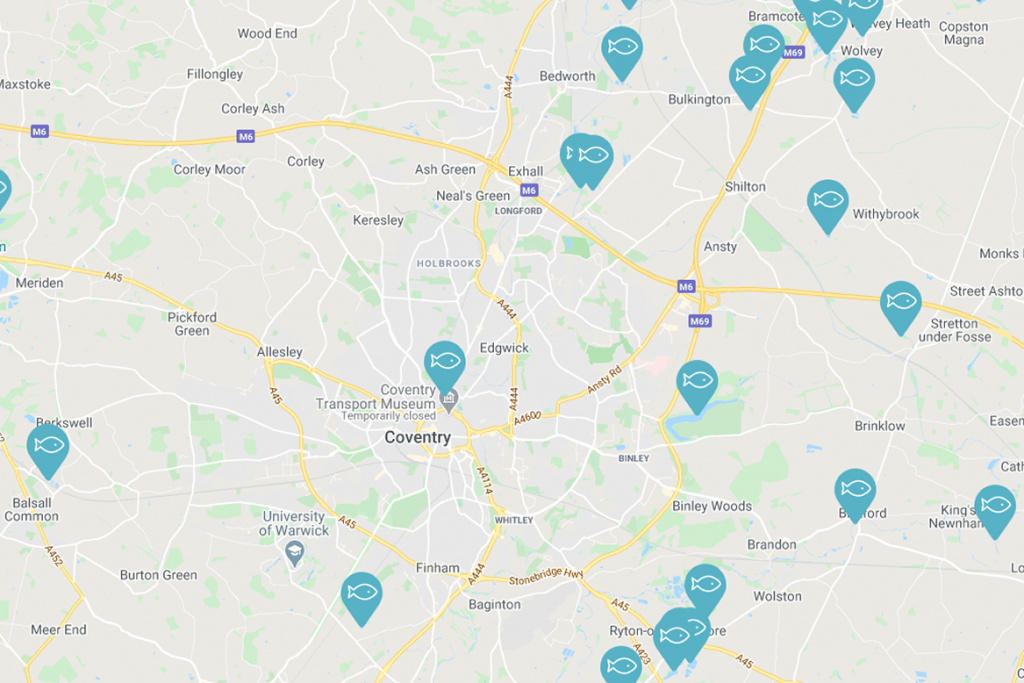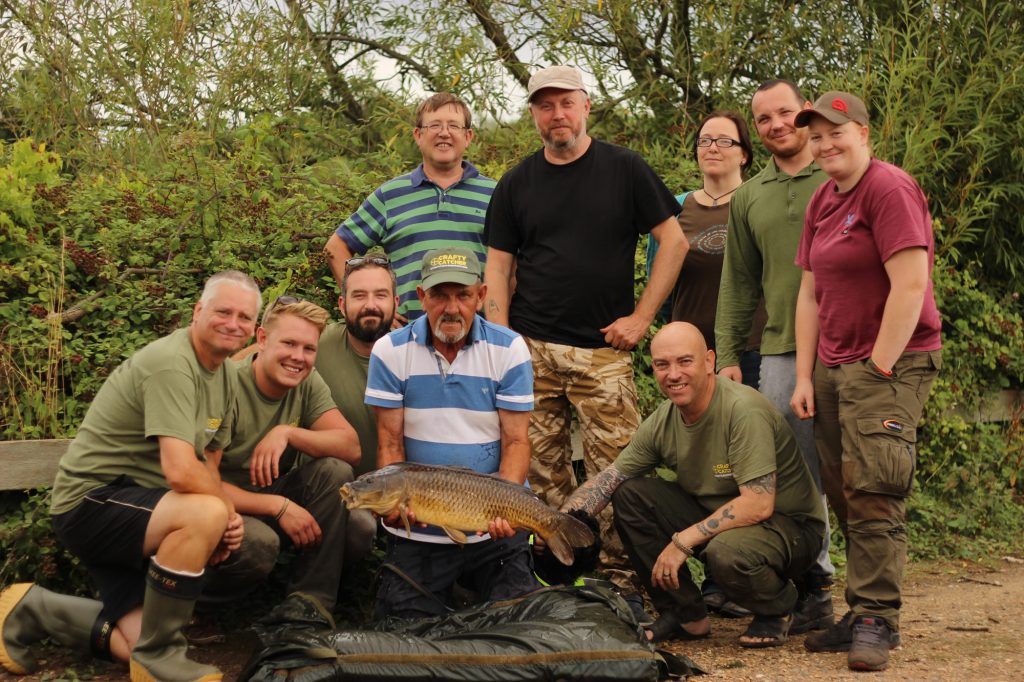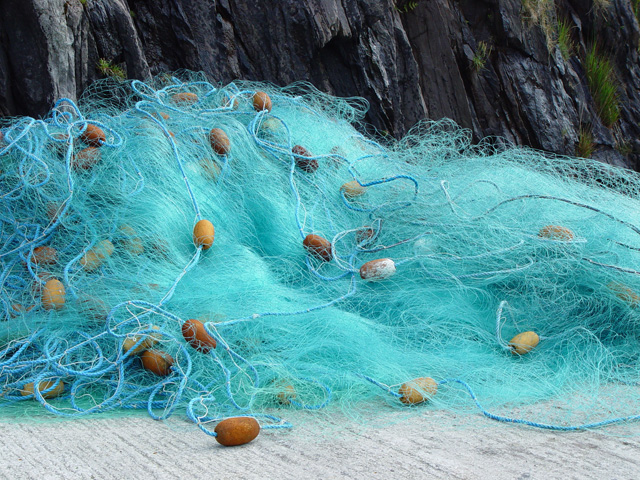
Reforming Inshore Netting
Reforming Inshore Netting and Estuarine Protection – A new approach to inshore fisheries for the 21st Century
A joint statement from the Angling Trust and the Institute of Fisheries Management
The Angling Trust and the Institute of Fisheries Management are calling for reform of the rules governing the use of nets around the inshore waters of England.
The 1970s saw one of the most significant leaps forward in fishing gear technology – the development of monofilament gill nets. Their efficiency, availability, ease of use, low cost and versatility has seen their use explode over the decades and there are now unprecedented amounts of monofilament netting – both legal and illegal – deployed around the inshore waters and estuaries of the UK.
The result has been a severe decline in fish stocks and a deterioration of many inshore fisheries since the introduction of monofilament nets. The UK’s complex and piecemeal mix of controls on their use reflects both the local nature of inshore fisheries management and the varying degrees to which individual regulators and interests across England have interacted over past decades. As a result, the regulations covering netting are outdated, undermined by loopholes and no longer fit for purpose. The Angling Trust and the Institute of Fisheries Management are calling for reform of inshore netting and are publishing a series of recommendations set out below.
The current byelaw review processes underway in the recently established Inshore Fisheries and Conservation Authorities (IFCAs), provides an important opportunity to take a major step forward in sustainable and inclusive inshore fisheries management in English waters. Inshore fisheries management will continue to be driven locally. In the wake of the 2009 Marine and Coastal Access Act, there is more evidence than ever before of closer working relationships between all relevant interests.
The recommendations below seek to address the problems associated with inshore netting and form part of a wider body of evidence that the Angling Trust will shortly be publishing in a new dossier setting out measures to reform inshore netting and estuarine protection for the 21st century:
1. The vast majority of netting controls developed to date have been directed at the management of commercial fishing. Some measures have been focused on conservation and benefits to Recreational Sea Angling (RSA) have been totally incidental. The current review of IFCA byelaws provides a fundamental opportunity to re-evaluate all of the extant measures and look again in detail at all the impacts incurred and benefits provided, intended or otherwise. The test should be:, does the measure provide for the best socio-economic use of the resource consistent with sustainable environmental management, in the modern more inclusive setting?
2. The regulation and extensive use of enmeshing nets should be reviewed. The proliferation of these since the early 1980s has undoubtedly meant that some species and some areas are now subject to significantly higher fishing pressure. Many of these areas and species are of great interest to RSA.
3. Estuaries and near shore shallow waters are important and productive ecosystems, particularly in the intertidal zones. They act as migratory corridors for a very broad range of fish of many size ranges. They also support extremely important marine nursery grounds. For example, the Thames estuary is now regarded as the largest sole nursery on the East coast and the largest new bass nursery in the southern North Sea (R. Millner & G. Pickett pers.comms.) Sustainable management of these important systems demands a more sensitive approach. The balance of fixed and drift netting controls and trawling restrictions seen in estuaries today in Devon, Cornwall, the North West and the Thames have been developed over time to protect migratory salmonids and juvenile marine fish. They can also be regarded as good practice in terms of sustainable fisheries management and Water Framework Directive (WFD) compliance. There is merit in applying these kinds of measures to other estuaries and intertidal zones, albeit in a locally focused manner. This more sensitive management approach needs to apply to the management of all such environments, given the ecosystem services and socio-economic value they provide, not just to those with formal conservation designations.
4. Seasonal aggregations of fish should be reflected more openly in management strategies. For many species of interest to both commercial fishermen and RSA, spawning and nursery grounds are known and the timing of use is predictable. Permanent and seasonal closures are important elements in more sustainable management, but these must be based on sound science and inclusive management.
5. Sustainable management solutions will include strong commitment from all parties and consequential low enforcement costs. In particular, environments, such as urbanised estuaries, the close association of all interested parties provides the possibility of consensual voluntary solutions, to complement or replace, statutory controls. These can be monitored actively by all concerned, thereby reducing the enforcement burden on limited numbers of appropriately-trained staff. A number of successful examples of these arrangements exist today as worthwhile models.
6. Conflict resolution would be one key aim of more sustainable management solutions. There are extant examples of spatial zonation to reduce potting and netting conflicts. Further development of such dialogues should include all commercial and RSA interests.
7. We endorse the current review of the bass nursery arrangements. Complementary spatial netting controls may reduce enforcement requirements and provide additional benefits for other species such as grey mullet, which are important species for RSA.
Press Release: Anglers and fisheries managers call for reforms to outdated netting regulations
Reform of inshore netting regulations is badly needed – that’s the message contained in a joint statement issued by the Angling Trust and Institute of Fisheries Management (IFM).
The main culprit is the proliferation in the use of monofilament gill nets since their introduction in the 1970s.
Since then their use has exploded and the technology of their design has made them increasingly efficient at catching. Yet the regulations around their use have often not kept up with both the technological advances and the pressure many fish stocks are now under as a result.
For instance, adult, spawning, bass in the North Sea were targeted by the multi-sheet trammel drift net fishery – a relatively recent technological development in netting that proved to be a particularly efficient catching method. Until the EU ban on drift netting for bass in 2016, multi-sheet trammel drift net fishing contributed to the decline in bass and has played its part in the stark scientific advice for zero catches of bass in 2017.
The Angling Trust and IFM have published seven key recommendations for reforming inshore netting regulations fit for the 21st century.
Included in these recommendations is the requirement for the Inshore Fishery & Conservation Authorities to review local netting bylaws and ensure they are fit for purpose.
Ultimately, both the Angling Trust and Institute of Fisheries Management want to see the long term sustainable management of inshore fisheries. Reviewing the regulations around the use of nets includes the opportunity to see how our inshore fisheries could be managed more coherently and consider the unique management requirements of recreational sea angling and the socio-economic benefits that this would bring to coastal communities.
The Angling Trust will be following up this joint statement with a dossier of evidence supporting the need to reform inshore netting regulations. The dossier will be published in the coming weeks and will be available on the Angling Trust website.
David Mitchell, the Angling Trust’s Head of Marine, said: “Flicking through old angling magazines from 1980 it’s clear that the increase in monofilament gill netting was a major concern back then. Thirty-six years later and the technology and use of these nets has increased dramatically while the regulations governing their use haven’t kept up resulting in the dramatic decline of many inshore fish stocks. Reform of netting regulations is long overdue.”
Martin Salter, the Angling Trust’s National Campaigns Coordinator, said: “There is a complete dog’s dinner of regulations, loopholes and exemptions covering inshore netting around our coast and it’s high time the rules governing the use of nets were reformed and fit for purpose in the 21st century. The Angling Trust will soon be publishing a dossier of evidence to support the need for reform.”
Adrian Taylor, IFM’s Director of External Affairs, said: “The regulations covering inshore netting have not kept pace with gear technology and increased fishing pressure. There is a pressing need for more sustainable fisheries management and the recommendations jointly agreed with the Angling Trust aim to achieve this.”
